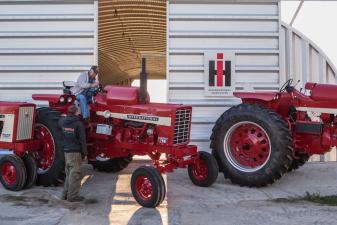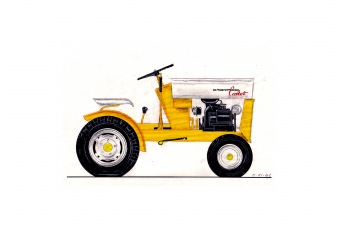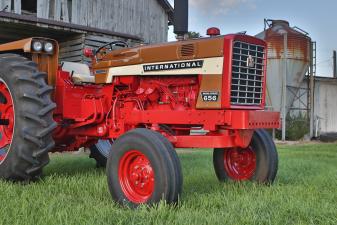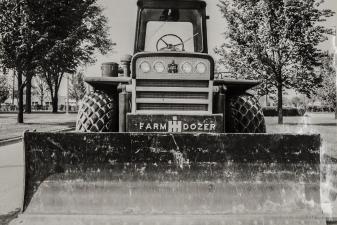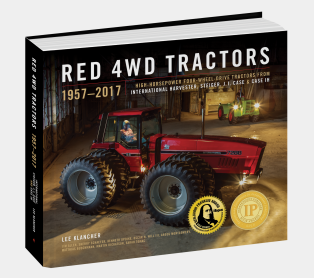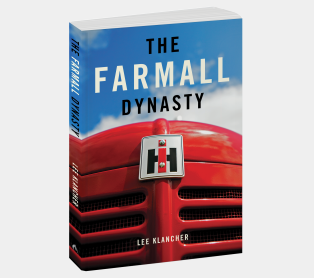Profile of Power - The 656

One of the most exciting things about doing research for a new book like Red 4WD Tractors is that, during all the digging, some fascinating artifacts always show up. A great example is this radio spot that highlights the advantages of the 656, found in the archives of the Wisconsin Historical Society.
Note how different the tractor ads from this era sounded, with such a strong focus on informing the listener. In a modern ad you might have one line devoted to the nitty-gritty of what's changed under the hood, but not here! Instead we get over a paragraph just detailing the specifics of the hydrostatic drive, with so much care and description that it makes you want to get behind the wheel of a 656 and try out the creeper pedal just reading about it.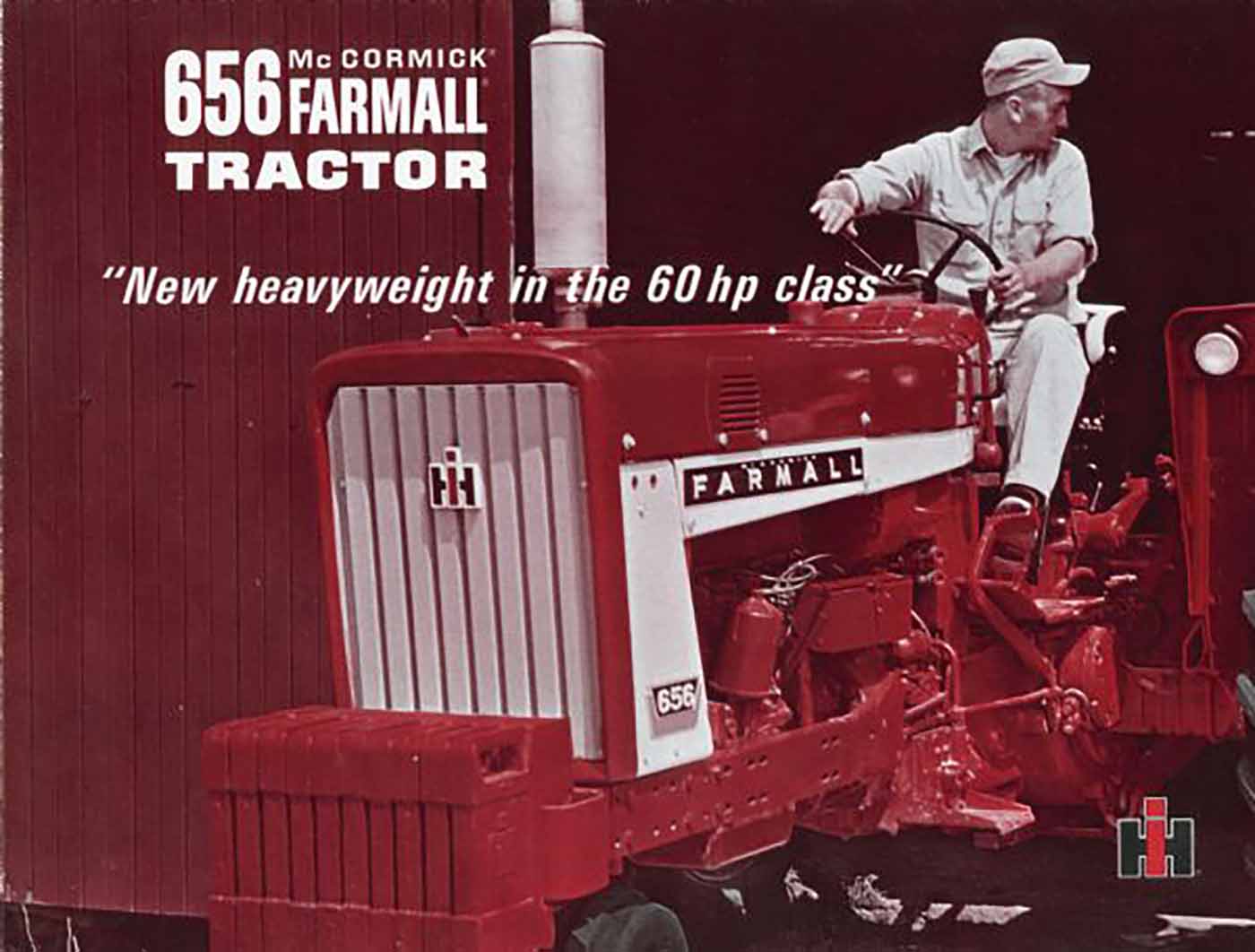
IH was sure proud of the "new heavyweight". Note how McCormick was still showing up in the branding around this time. Wisconsin Historical Society Photo 42961
This ad is also so much longer than what we're used to hearing on the radio. The full text of the "Profile of Power" covers five pages (we've pulled just the first part here) so that the ad must have taken up a whole programming spot on the radio much like an informercial does on late-night TV today.
Here's the first section, about the increase in horsepower they undertook during the tractor horsepower wars and the functionality offered by the 656's hydrostatic drive.
---
FOR RELEASE: ON AND AFTER AUG. 10, 1965
PROFILE OF POWER -- by John F. Burk, Manager, Farm Tractor Sales International Harvester Company
"Gentlemen, I'm happy to have this opportunity to tell you -- in just a few minutes -- about our new profile in tractor power. The trend in tractor power is up, and it's up across the line -- even to our garden tractors, where we have what we call our Shetland pony horsepower race. Originally this line had five, six, and seven-horsepower tractors. Now it's eight, nine, and ten; and it's still continuing to move up.
"A few short years ago the entire tractor market was in the 35-and-under horsepower group. Today, the biggest demand is for 40 to 50-horsepower tractors. It is apparent that these groups are on the move-up. In the near future, the most popular power class will unquestionably be the 60 to 70-horsepower sizes.
"We're already well established in the 70 to 79 and 90 to 99-pto horsepower size. Now you're going to see our new Farmall 656 -- the most modern tractor in the 60-horsepower class. We call it the new heavyweight in the 60-horsepower class.
"Some of the things you'll see are hydrostatic power steering, torsion bar draft control, multi-range engine, power shift independent power takeoff, and the very latest in tractor hydraulics that are as modern as tomorrow. Speaking of hydraulics, the Detroit automotive engineers claim all the advances...but most of their hydraulics still require pushing a button or pulling a lever. Yet our hydraulic hitch registers as many as three changes a second in movements as small as one-sixteenth of an inch...automatically. You'll see and hear about these things later on when we talk about the 656.
"There's another new tractor you'll see too...our backup model for the 656... not for today but for tomorrow's tractor market. It's the Farmall 656 with International Harvester's all-new hydrostatic drive -- a culmination of years of engineering effort. (PAUSE) But why do we want this new drive? You may well ask, because on our current tractors with power shift torque amplifier we already offer six and seven forward speeds between 3-1/2 and 6-1/2 mph -- the range where most work is done. That means our working speeds number just one and two less than the total speeds offered by some of our competitors. Truth is, we almost had to go to this infinitely variable hydrostatic drive to improve on what we had. (PAUSE) With this tractor afarmer has infinite choice of speeds from creeper to 20 miles per hour. He has variable speed control in either direction without shifting...without declutching (ASIDE) because there is no clutch in IH hydrostatic drive (resume pace) ... and without varying engine speed. (PAUSE) All he does is move one lever. Forward to go forward...backward for reverse. The further the lever is moved, the faster the tractor goes in either direction. (PAUSE) He can shift on the move. (PAUSE) He can match forward speed perfectly to the capacity of his equipment, and to field conditions. And the smooth, cushioned power certainly contributes to ease of operation and comfort for the operator. There's just nothing like hydrostatic drive in the field today."
This ad shows how proud IH was of its engineering. Just from the underlined text you can tell they knew they'd made something special.
To see what else we dug up in our research pick up a copy of Red 4WD Tractors, the most thorough book ever on the biggest machines from Steiger, International Harvester, Case, and Case IH.


